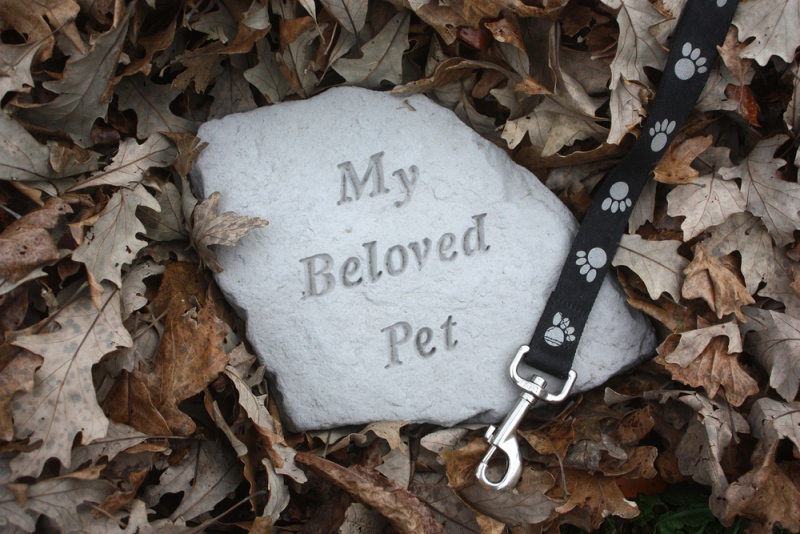Death is hard, and only recently have we begun to understand how significant it is to lose a beloved pet. Most of us are aware that we will outlive our pets, and while we know things will be hard, we are rarely prepared for how devastating the loss is; both to us and to our children. It is crucial that we process loss in a healthy way to preserve our mental health.
The depth of the problem
Society has not always recognized a pet’s death as a truly emotionally devastating experience; yet it is common for people to experience acute grief for as long as two months after the death of their pet.
According to the New England Journal of Medicine, there are even documented cases of “broken heart syndrome” in humans following the death of a pet. Yet despite the fact that we grieve so much for the animals we love, our mourning process when it comes to pets is very different from the way we mourn the death of humans.
We do not typically take time off from work when a pet dies. We do not turn to our social circle for support or talk about it as readily as we would if we lost a friend or family member. We are also not as concerned with closure and the burial process as we would be if we were mourning a human death.
Acknowledge the loss
The first step to processing grief is to accept and acknowledge that you have lost something in the first place. A pet occupies important space in your routine and in the life and routine of your children. Once that pet is gone, there is a void.
Take time to think about how life has changed. Ask your children to think specifically about what they are missing as they mourn their pet: what has changed in life? Once you identify areas of loss you can think about how to deal with them.
Get closure
Your pet was a real, living creature, and the body should be dealt with in a way that honors that life and gives you a chance to say goodbye. Many people choose to bury their pets; yet that process can be painful and difficult in distracting ways.
Cremation offers an easier way to deal respectfully with the body. VIP Aquamation is a water-based cremation method that is gentle, respectful of your pet, and completely eco-friendly. Honor your pet’s life by honoring the earth they lived in, and you will experience a better sense of closure.
Seek companionship
When you grieve, you need the social support of friends and family. Thankfully, many veterinary clinics are now offering support groups for those who have lost a pet, and even employers are realizing that people need time off after a loss; even if that loss is “just” a pet.
Social support helps when those around you validate your loss. They agree with you that you are suffering, and help you see where you are wounded. Once you come to understand the loss, you are able to start rebuilding emotional strength.
Write or paint
Researchers have long realized that finding a way to express grief through art is a healthy way of releasing some of the pain. This works for both children and adults, but it can be especially helpful for children, who often do not yet have the vocabulary and emotional experience to express their feelings in words.
Encourage your children to write a story about their pet, to try their hand at a poem, or to draw what they feel when they get upset. Over time, these will become treasured reminders of your lost pet and even a source of comfort.
Losing a pet can take an emotional toll, but it’s crucial to process those emotions and take the time needed to mourn the loss your furry friend to move forward in a healthy way.















